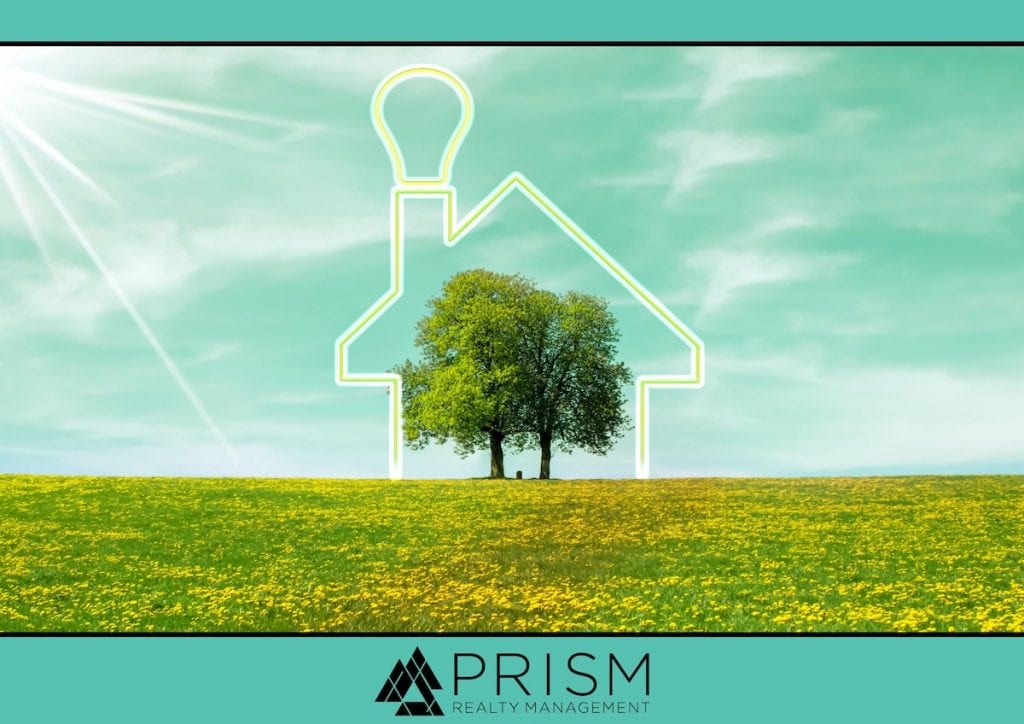
As governments continue to push for businesses and people to look for energy-efficient options and ways to conserve energy overall, there’s also been a push for HOA boards to be open-minded to new technologies and allow residents to install energy-efficient systems. How does that affect your HOA Board, and what do energy-efficient HOAs look like? Let’s talk it through!
The Benefits Associated with HOAs Encouraging Energy-Efficient Systems:
- Lower operating costs – Associations can have issues with getting residents to pay, meaning that people go into delinquency and have to be sent to collections. This is money that is being taken out of the HOA board’s funds, which cuts back the amount they budget for to handle maintenance, upgrades, etc. Lower operating costs can mean more funds allocated to better resources for your community.
- May decrease financial challenges – If an HOA can help residents cut costs by moving forward with a water-conserving or energy-efficient system, it could ensure that residents are paying for HOA dues and could show them that their dues are having a direct and positive effect on them and their property.
- Creates community pride – Giving residents a common goal of improving the living conditions of the neighborhood unites people together and allows you to have a tight-knit community working toward something that benefits everyone.
- Attracts new buyers – Energy-efficiency is becoming a factor that many young buyers are requesting, so hearing that you have an HOA board that is open to those technologies can attract buyers and drive up the property values in your neighborhood.
Where to Start:
- Conduct an energy audit – Understanding how much energy your community is using is crucial to figuring out where you can start saving. An energy audit highlights the areas that could be improved and where your money is currently going.
- Bring the discussion to the HOA meetings – If your HOA board is curious about energy efficiency and wants to get quotes on things like solar panels or water conservation systems, make sure the rest of the neighborhood is a part of the discussion. Give them a chance to ask questions, raise concerns, and be informed about the next steps and how it could benefit the community.
Austin continues to push energy efficiency, and with the electric car maker, Tesla, coming to Travis County, there will be an even bigger push to get emissions down. If you’re curious about how to start a conversation about energy efficiency with your HOA Board, contact Prism Realty Management. We’re here to help manage your association and make smart decisions for your community. Learn about who we are, the services we offer, and our process, then give us a call at 512-676-5842.